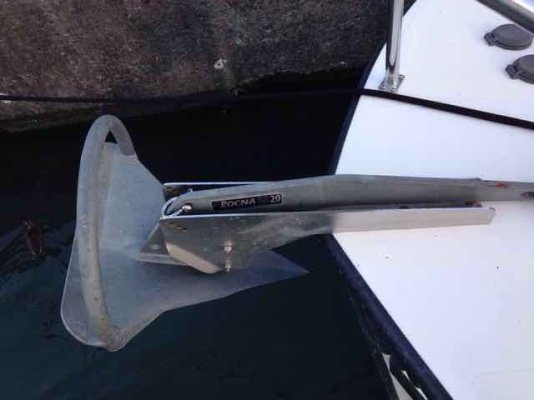We all
"test" our anchor's capabilities each time we anchor-out.
Also
"tested" is our skill at how to best set an anchor.
At same time we are inadvertently
"testing" the bottom conditions of the exact place our anchor meets ground.
And, if that is not enough
"testing" by us; then weather conditions currents, high/low tides ... not to mention waves and wakes... place a variable added group of what-if
"tests" into the ongoing anchoring quandary of "How To NOT Drag Anchor" - Which after all is the most important part of anchoring success we seek to accomplish.
Of course, dropping anchor, retrieving anchor, and storing anchor are also importing skills we master as our boating years evolve.u
Point I'm making: Videos that show
controlled anchor
"tests" are fun to sometimes watch and the classic physics encountered during those films is just what it is, i.e. classic. However, in the "real" process of each time setting anchor "To NOT Drag" we as boaters each perform our own truly conclusive
"tests". Those
"tests" of ours are IMO the only anchoring
"tests" that really count... for the long run...
Regarding anchor design, weight, types, models, manufacturers, materials and the rode style utilized = "different strokes for different folks"! A boaters choice regarding those several items are wholly additional set of
"tests" we all encounter about anchoring.
Happy Anchor-Setting-Test Daze! - Art







